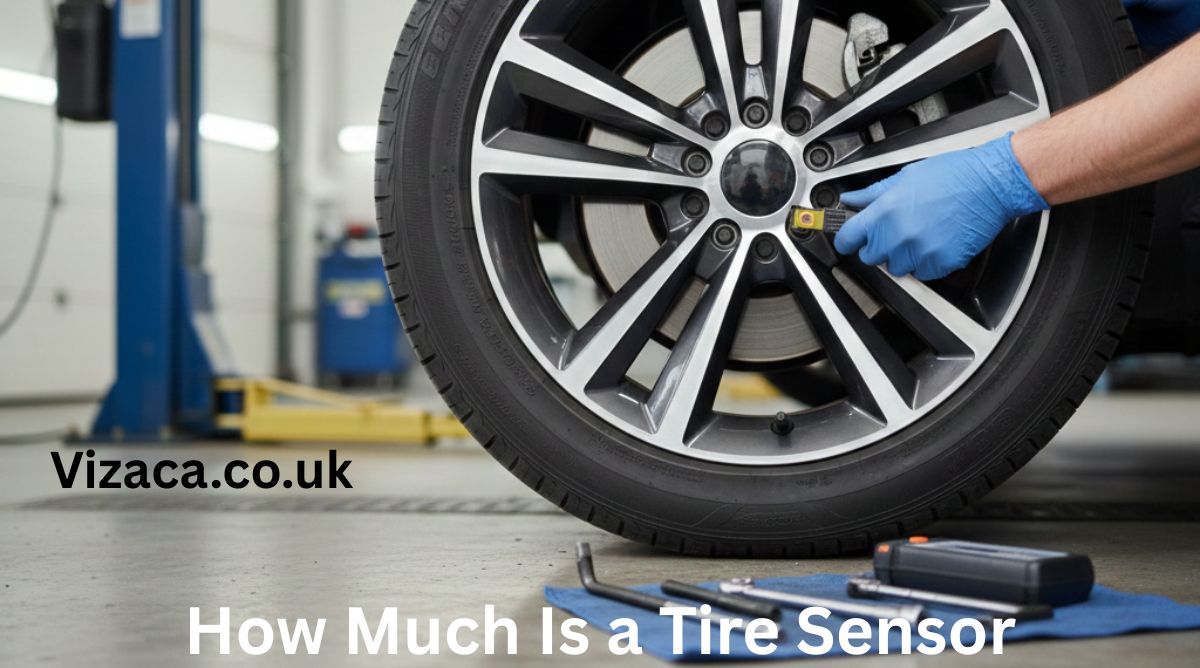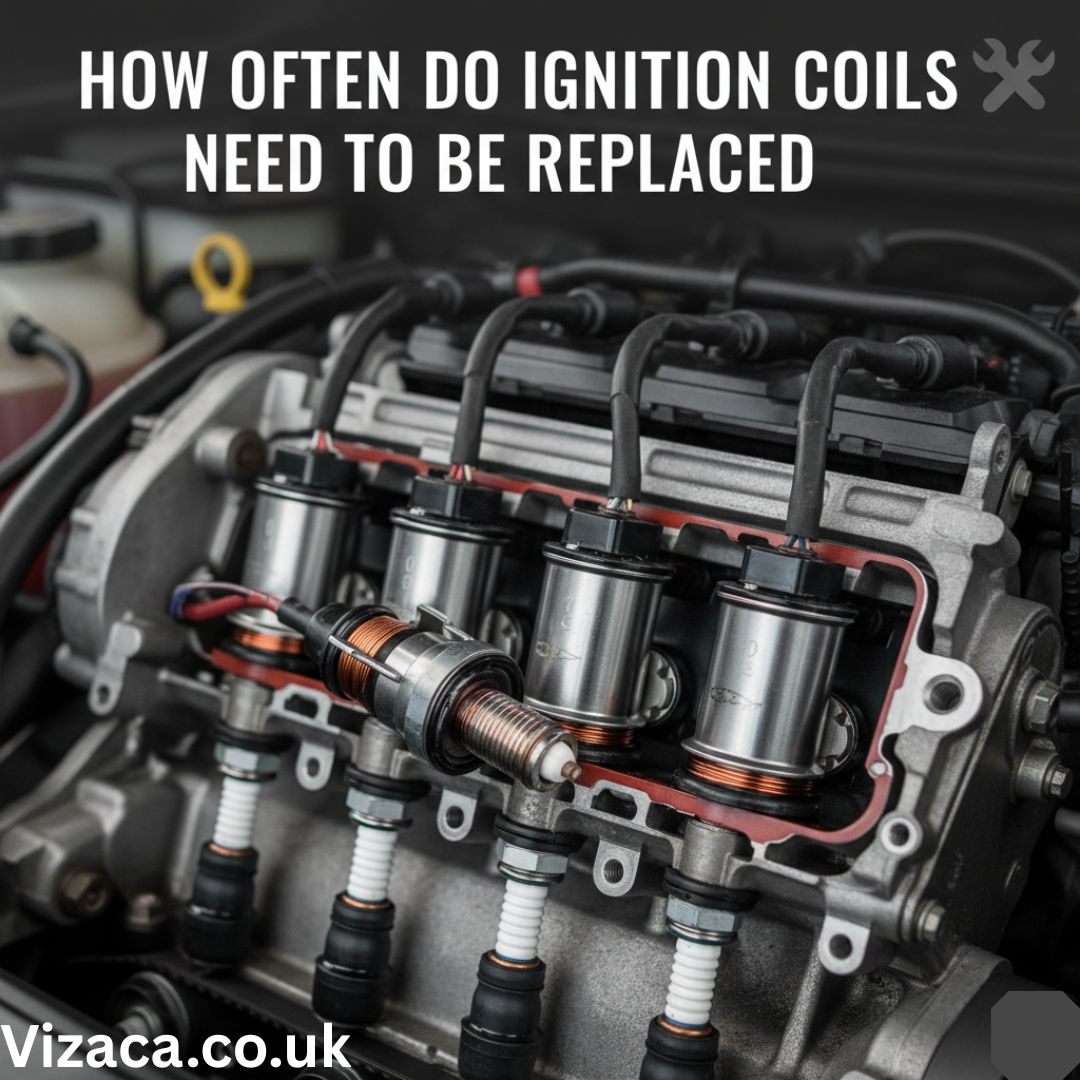No, your car does not need to be running to bleed the brakes in most situations.
Brake bleeding is typically done with the engine off, unless your car has a brake-by-wire system or you’re using ABS-specific procedures that require the pump or valves to be active.
What Is Brake Bleeding?
Brake bleeding is the process of removing air bubbles from the brake lines. Air can reduce brake pressure and cause a spongy pedal. The process involves:
- Pressing the brake pedal
- Opening a bleeder valve
- Letting fluid (and air) escape
- Closing the valve before releasing the pedal
This is done one wheel at a time, starting with the brake furthest from the master cylinder.
Why the Engine Usually Stays Off
- When the engine is off, the brake booster isn’t active, which means you apply pressure with your own foot, not engine vacuum
- This gives a better feel of how much pressure you’re applying and prevents false readings
- It’s the standard procedure for most vehicles during manual or pressure bleeding
Exceptions: When the Engine Should Be On
✅ If You’re Using:
- ABS scan tool to cycle valves in the ABS module
- A brake-by-wire system (common in hybrids or newer vehicles)
- A diagnostic/automated brake flush machine
In these cases, the engine may need to be running or the ignition turned to ON to activate systems or sensors. Always follow the manufacturer’s procedure.
Manual Brake Bleeding Steps (With Engine Off)
- Fill the master cylinder with fresh brake fluid
- Have a helper pump the brake pedal and hold it down
- Open the bleeder screw to let air/fluid escape
- Close the bleeder and release the pedal
- Repeat until no air bubbles appear and pedal feels firm
- Keep an eye on fluid level to prevent air from re-entering
FAQs
Will the brakes bleed better with the engine running?
Not necessarily. The brake booster makes the pedal easier to press, but it doesn’t improve the bleeding process.
Can you bleed brakes with just the ignition on?
Only if you’re working with an ABS system that requires activation. Most manual bleeds are done with the engine and ignition off.
What happens if you bleed brakes with the engine on?
Nothing harmful, but it may make it harder to judge pedal feel or might confuse results on older systems.
Final Thoughts
In most cases, bleed your brakes with the engine off.
This allows for better control and avoids complications unless your vehicle’s system specifically requires the engine or ABS pump to be active. When in doubt, check your service manual or follow the proper bleeding sequence for your make and model.










